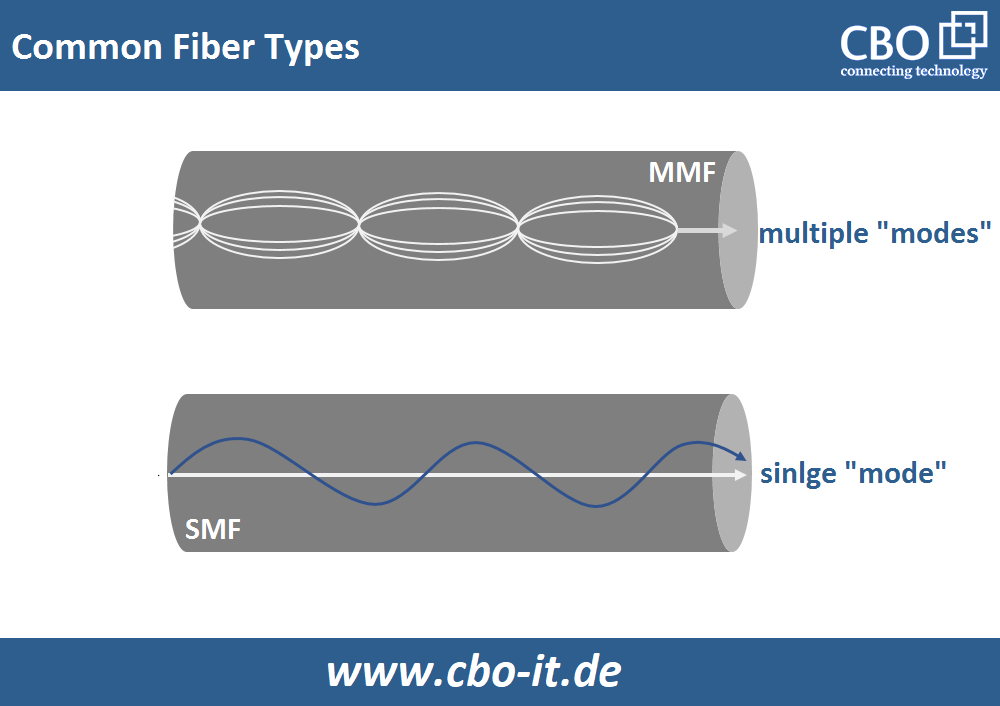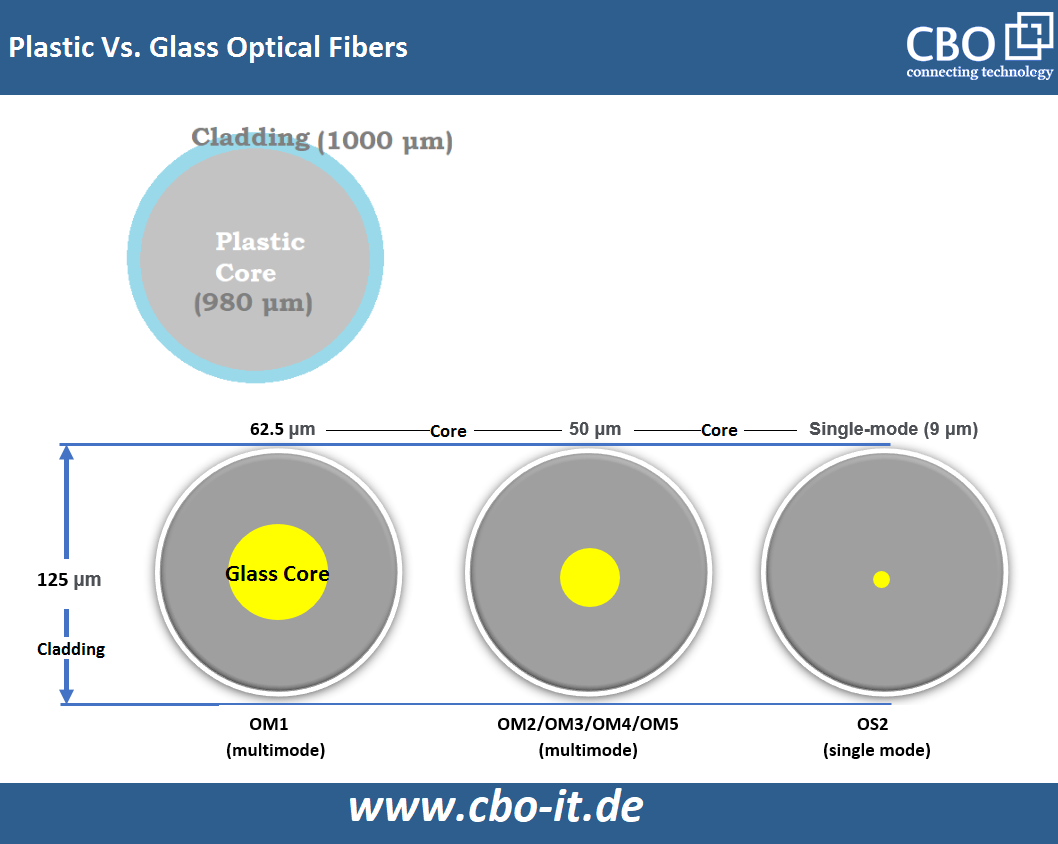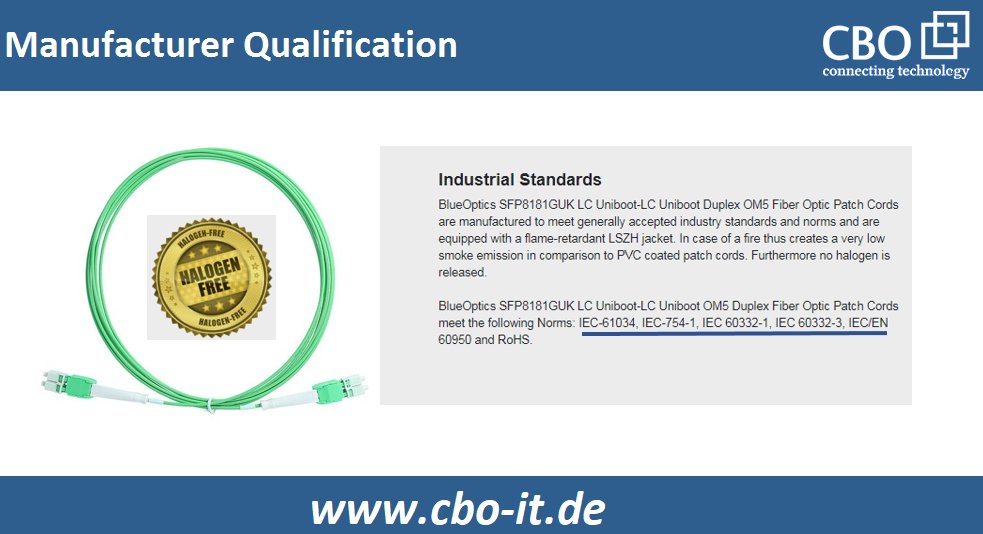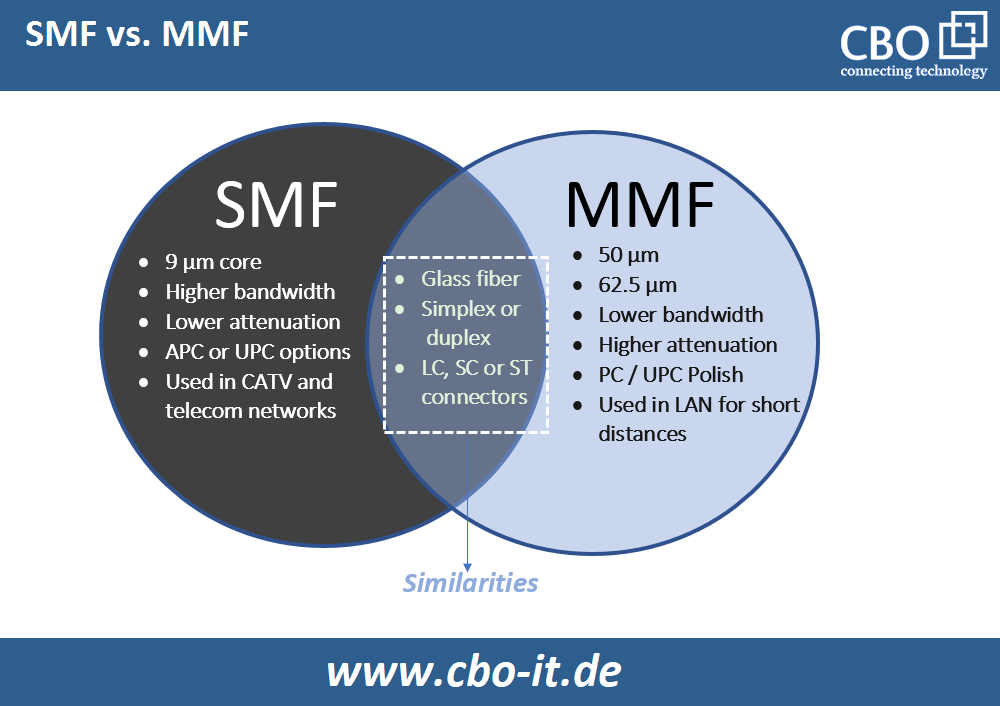The use of fiber optic is increasing in both telecommunication and data communication because of its advantages. With smaller size and faster speed, the optical fiber can transfer that data as fast as possible. Due to the increase in fiber optics bandwidth, it has been everyone's number one choice. Let's see the types of different optical fiber cables and their advantages and disadvantages.
Introduction of optical fiber
Optical fiber cable uses pulses of light instead of electrical pulses to transmit the data. It has been the fastest way to transfer data compared to traditional electrical methods of transferring the data. Fiber optic cables are made up of solid insulation material, making them resistant to harsh weather conditions. Because of its various characteristics and qualities, fiber optic is being widely used by governments, businesses, and industries to transmit any data.
Types of Common Cable Optical Fiber:
There are three types of standard cables optical fibers which are:
- Single-mode fiber optic cable
- Multimode optical fiber
- Plastic optical fiber (POF)

Single Mode Fiber Optic Cable
Single-mode fiber optic cable has a diameter of 9 microns. It provides a single-mode (single wavelength) for light to travel; this decreases internal reflections and minimizes attenuation. Generally, single-mode fiber optic cable is used for longer-distance network connections, and it is more expensive than the multimode fiber optic cable.
Multimode Fiber Optic Cable
Multimode fiber optic cable has a greater core diameter than SMF; thus, it can accommodate more wavelengths. MMF is offered in two sizes; the first one is 50 microns, and the other one is 62.5 microns. It provides several pathways for the light to be transmitted. Multimode Fiber optic cable is used to transmit data between the shorter distances for various connections within a Local Area Network or LAN.

Plastic Optical Fiber (POF)
Typical Plastic Optical fiber cables have a diameter of 1 mm. A large diameter size enables POF to travel a more significant number of wavelengths from light sources through relatively cheaper and less precise connectors. So, in typical scenarios, with POF, the overall connector cost remains around 10 to 20% of what would be required in the case of glass fibers and associated high-precision termination. POF is used for smaller desktop LANS and short distances which do not need greater bandwidth.
Advantages and Disadvantages of Optical Fiber
With increased bandwidth and speed, fiber optic cable has taken over the world. Like any other type of cable, optical fiber cables also have some advantages and disadvantages.
Advantages of Optical Fiber
Faster Speed & Greater Bandwidth: Through optical fiber cables, a large amount of information can be transmitted from one part of the world to another, securely and as fast as it could be. Optical fiber cables have higher speed and capacity than other cables.
Cost: It is cheaper than the usual copper wires, and it covers the miles at the most affordable prices. There is a need for fiber optics everywhere, and this high demand is attracting new players to the market every day. Thus, the cost of optical fiber cabling would likely drop soon.
Size and weight: Optical fiber cables have a smaller diameter as compared to copper networking cables. Moreover, their smaller size and lesser weight make them ideal for deployment in settings where space remains a concern. In short, optical fiber cables are thinner and lightweight but still more reliable for data transmission.
Higher Bandwidth: Optical fiber cables are way thinner than standard copper wires, and they have a minor diameter. Thus, more fiber strands can be bundled into a certain-diameter cable. This allows a more significant number of phone lines to travel over the same thread or more channels to come across through one cable into your TV box.
Lesser Attenuation: In comparison with copper cables, the loss of signal remains lesser in the case of optical fiber cables.
Less signal interruption: There is less signal interruption in fiber optic cables than copper wire because signals through an optical fiber cable travel in the form of light that remains less prone to emf and other conditions of interruption.
Light inherited benefits — Light signals in fiber optic cables are responsible for clear telephonic conversations and television telecasting. Optical fibers work with the light signals, and these weak signals do not interrupt the signals in the other fiber in the same cable as electrical signals.
Longer lifespan: Optical fibers have a longer lifespan than any other type of cable, which is almost more than a hundred years provided that they are not mishandled.
Disadvantages of Optical Fiber
Low power: Most of the common light-emitting sources provide low power. On the other hand, higher-capacity power sources come at higher costs.
Being fragile: Optical fiber cables are fragile than copper ones, and you have to take proper care measures during and after installation.
Distance — Additional hardware such as repeaters is required to boost the transmitter and receiver signal.
How to Select the Right Optical Fiber Cable
Fiber optic cables have huge demand all over the world because of their secure method of transferring data. But you need to know about the reliability of any cable that you are supposed to install. There are some standards and criteria for the authenticity of wires that need to be followed by manufacturing companies to market and sell their optical fiber cable products. Following are a few helpful points for those going to procure optical fiber cable.

Check Manufacturer Qualification
Optical cable manufacturers should have some certifications before marketing their fiber optic cables; for example, they should have ISO9001 quality system certification, ISO4001 international environment system certification, and certifications from other international institutions.
Fiber Mode:
As discussed earlier, single-mode and multimode fiber are the types of cables available on the market. Single-mode fiber optics are used for long distances, and multimode fiber optics are used for short distances. There is a vast price difference between both modes. You need to do a thorough consultation before procuring a specific type of cable.

Types of Optical Cable Jackets:
Optical fiber cable can be acquired with one of the three types of jackets as mentioned below;
- OFNR stands for "Optical Fiber Nonconductive Riser." This is the standard type.
- Optical cables with OFNP jackets or plenum jackets. These are the best choice drop-ceilings or raised floors.
- The third optical cable jackets are LSZH which means "Low Smoke Zero Halogen. It is made from unique compounds which give off very little smoke and are not toxic when put on fire.
You are supposed to take suggestions from the local fire authorities before selecting or installing an optical fiber cable with a particular jacket class. This is a significant point as different states and countries have various lines and networking cables regulations.
Indoor vs. Outdoor
There is a difference between indoor and outdoor optical fiber cables. Outdoor optical fiber cables are supposed to be made in a way that they can resist moisture, heat, and water exceptionally. On the other hand, indoor fiber optic cable may or may not have water blocking features. However, nowadays, both indoor and outdoor fiber optic cables are being made resistant to moisture.
For example, fiber optic cable can be used in our campus environment, which has two jackets, the outer one for resisting moisture and the inner one PVC jacket, which is UL-rated for fire inhibition.
Fiber Count
Cables with a broad range of fiber count (from 4- 144) are being offered for indoor and outdoor cabling applications. If, in any case, if your demand exceeds the range mentioned earlier, you can get it custom-made. Having extra fibers is always recommended while making custom optical fiber cables.
In the Conclusion
Fiber optic cables are mainly used for fast and stable transmission of data over long distances. To date, there is no technology available for data transmission as robust and as flexible as optical fiber. These cables are available in various types and jacket configurations so that you can choose an appropriate one according to your requirement. Plastic optical fiber cables are suitable to achieve Ethernet connectivity over fiber in domestic settings, and it is much cheaper than glass fiber.
 English
English
 Deutsch
Deutsch
 Espaniol
Espaniol










